
Much has been said and written about India's beauty, more specifically about the country's vast, diverse diverse landscapes and heritage sites. But did you know that India is currently home to 32 UNESCO world heritage sites? These include 24 cultural and six natural sites.
Here's a look at some of the outstanding, yet lesser-known world heritage sites of India:
1) Mahabodhi Temple, Bodhgaya, Bihar
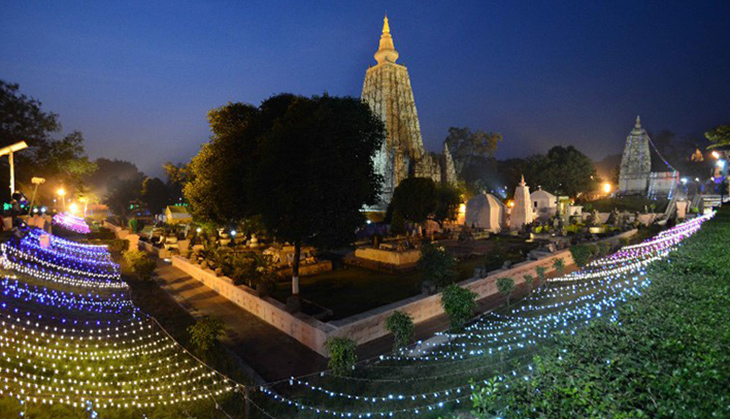
The temple, about 96 km from Patna, is one of the first Buddhist temples to be built entirely in brick. The temple was built by Emperor Ashoka in the third century BC and is one of the four sites related to the life of the Lord Buddha. The temple complex also contains what is believed to be a descendant of the tree under which Buddha gained enlightenment after meditating for days.
2) Champaner-Pavagadh Archaeological Park, Gujarat

Known to be the only complete and unchanged Islamic pre-Mughal city, the Champaner-Pavagadh Archaeological Park in Gujarat's Panchmahal district was named a UNESCO World Heritage Site in 2004.
The spectacular landscape includes large tracts of un-excavated archaeological, historic and living cultural heritage properties which also includes prehistoric (chalcolithic) sites, a hill fortress of an early Hindu capital and remains of the 16th-century capital of the state of Gujarat.
The site also includes fortifications, palaces, religious buildings, residential precincts, agricultural structures and water installations dating to the 8th and 14th centuries.
3) Rock Shelters of Bhimbetka, Madhya Pradesh
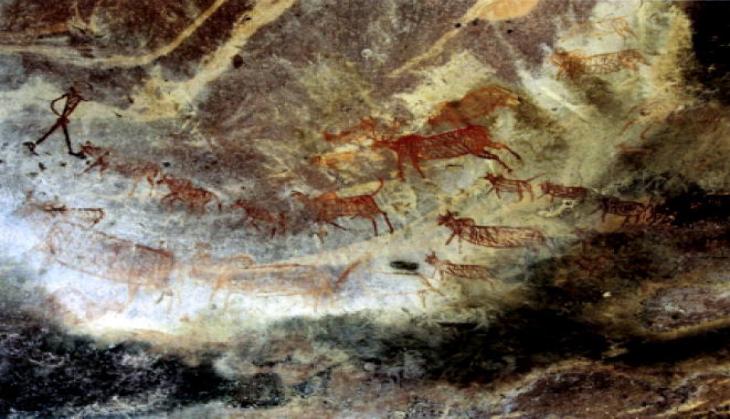
Situated at the foothills of Vindhyan hills, the caves are a witness to the earliest phases of human life in India and symbols of the south Asian Stone Age. Embellished with paintings from the Stone Age found inside the rock shelters are approximately 30,000 years old. The site was added to the UNESCO list in 2003.
4) Keoladeo National Park, Rajasthan
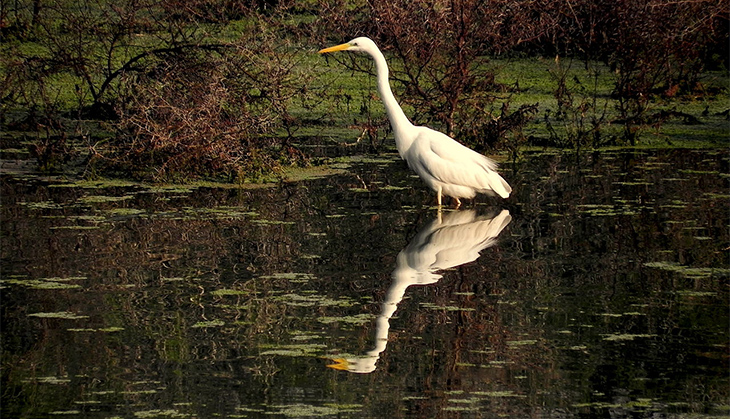
Located In Bharatpur, the park extends over an area of 2,783 hectares (6,880 acres) and was inscribed in the UNESCO World Heritage List in 1985 under category as a natural property. It is famous for 364 species of wintering birds that flock in large numbers, arriving from distant countries of Afghanistan, Turkmenistan, China and Siberia. It is surrounded by 17 villages and the Bharatpur city.
5) Mountain Railways of India

The Mountain Railways of India includes three railways - the Darjeeling Himalayan Railways in West Bengal, the Nilgiri Mountain Railways in Tamil Nadu and the Kalka Shimla Railways in Himachal Pradesh. These railways, built during the British rule in the nineteenth and early twentieth century are fully functional till date - a testament to their engineering expertise.
6) Rani ka vav, Gujarat
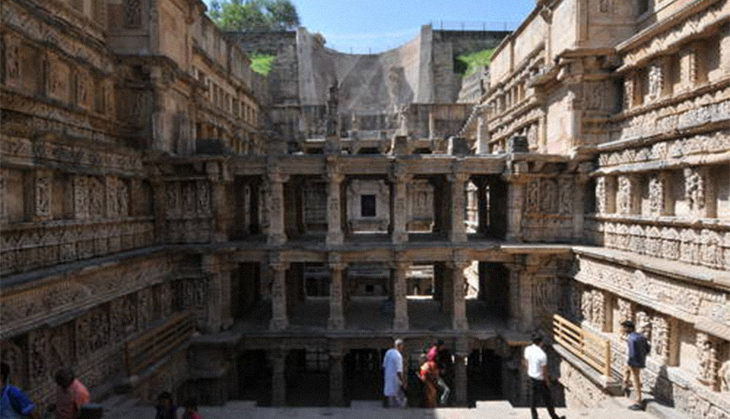
This famed stepwell in Gujarat was added to the UNESCO World Heritage Sites list in 2014. The Rani ki Vav, situated on the banks of Saraswati River, has a Maru-Gurjara architectural style, the structure looks like an inverted temple and has seven levels of stairs. The fourth level is the deepest and leads to a rectangular tank.
The stepwell, near Patan in Gujarat, was built during the Solanki period between 1063 AD and 1068 AD. The Saraswati River overflowed into the stepwell in 1980s and the structure was painstakingly excavated years later.
7) The Great Himalayan National Park Conservation Area, Himachal Pradesh
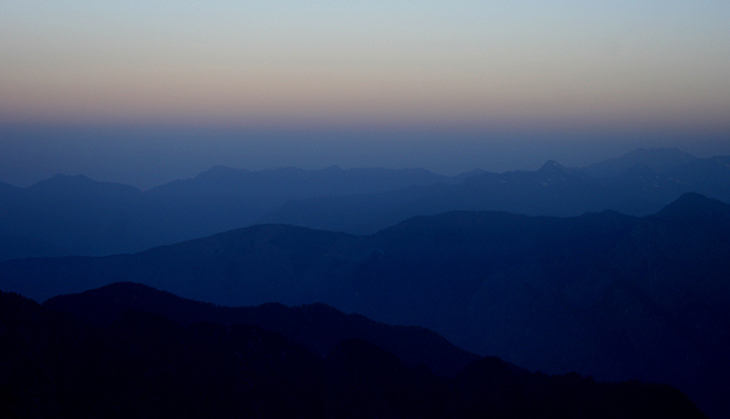
Home to diverse species of flora and fauna, the park, situated in Kullu region of Himachal, was added to the heritage list in 2014. Endowed with a landscape pf forests, meadows and alpine peaks the park has 31 mammals, 181 birds, 127 insects and more.
The park is spread over 900 sq km and the stretch includes a few sacred groves. The site was declared a National Park in 1999.
First published: 18 April 2016, 4:38 IST



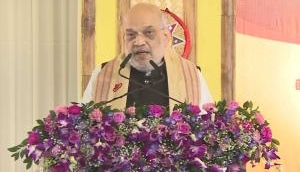

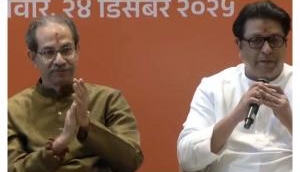

![BJP's Kapil Mishra recreates Shankar Mahadevan’s ‘Breathless’ song to highlight Delhi pollution [WATCH] BJP's Kapil Mishra recreates Shankar Mahadevan’s ‘Breathless’ song to highlight Delhi pollution [WATCH]](https://images.catchnews.com/upload/2022/11/03/kapil-mishra_240884_300x172.png)

![Anupam Kher shares pictures of his toned body on 67th birthday [MUST SEE] Anupam Kher shares pictures of his toned body on 67th birthday [MUST SEE]](https://images.catchnews.com/upload/2022/03/07/Anupam_kher_231145_300x172.jpg)






